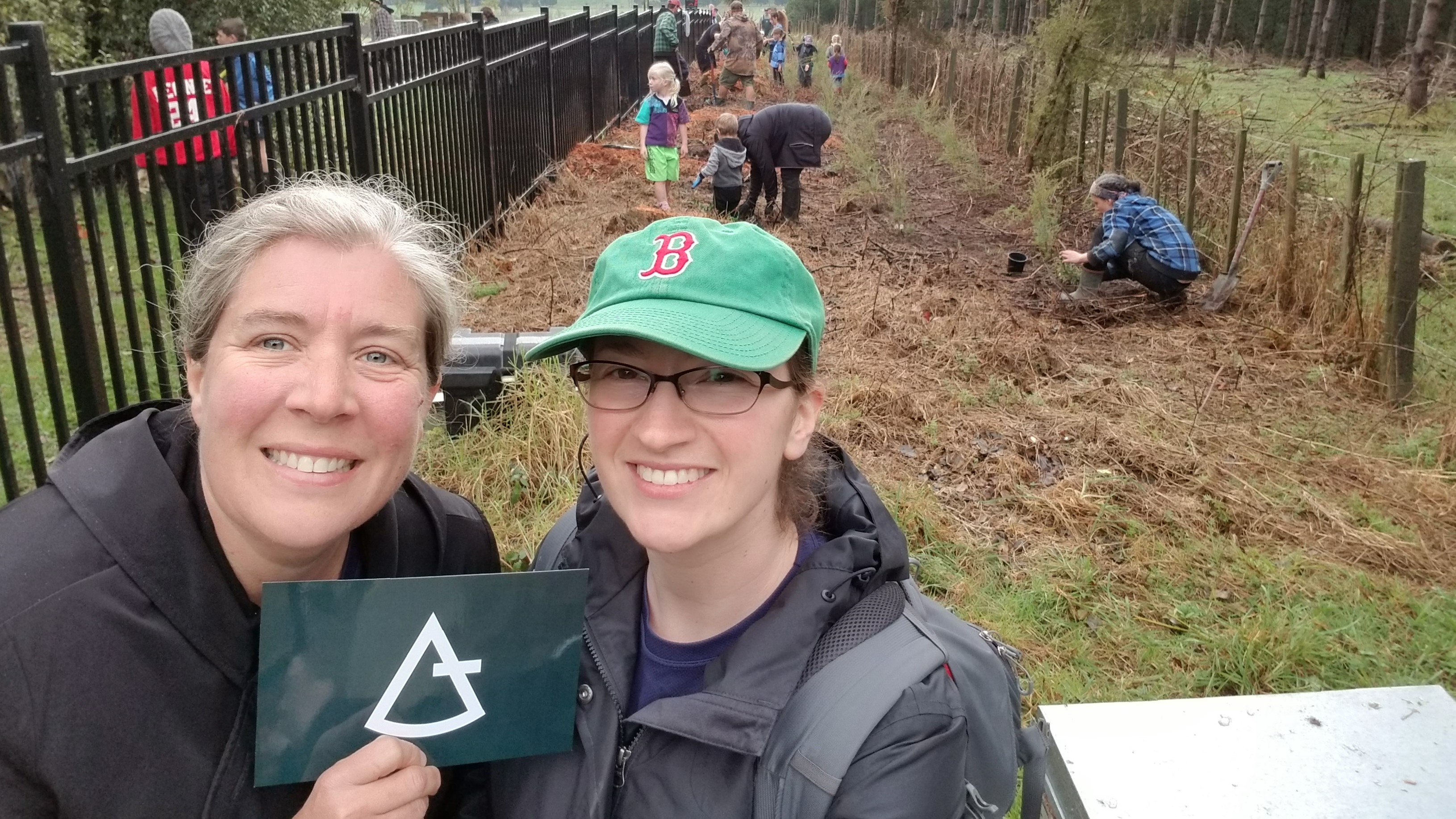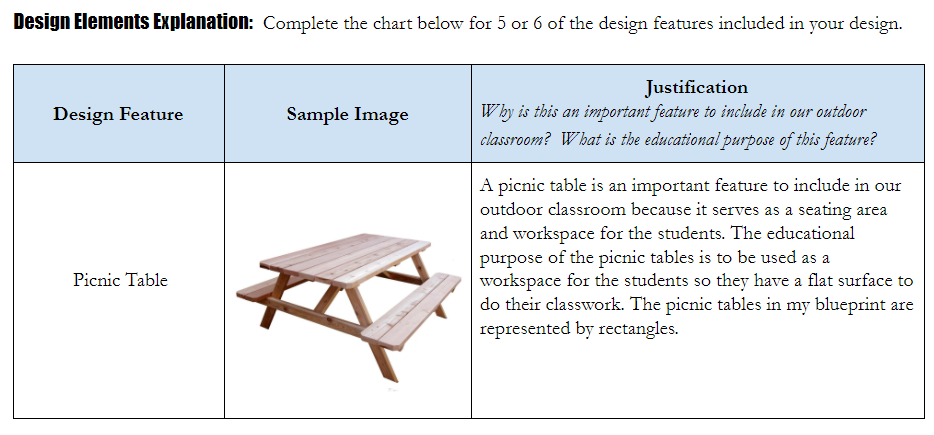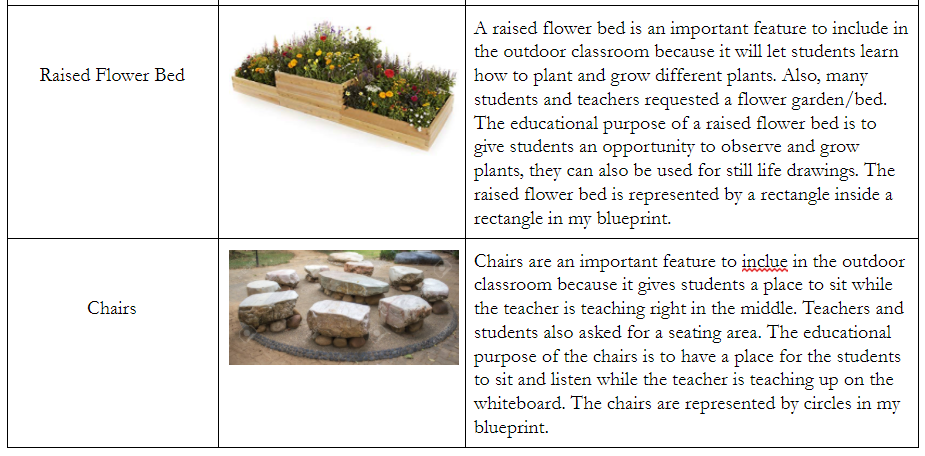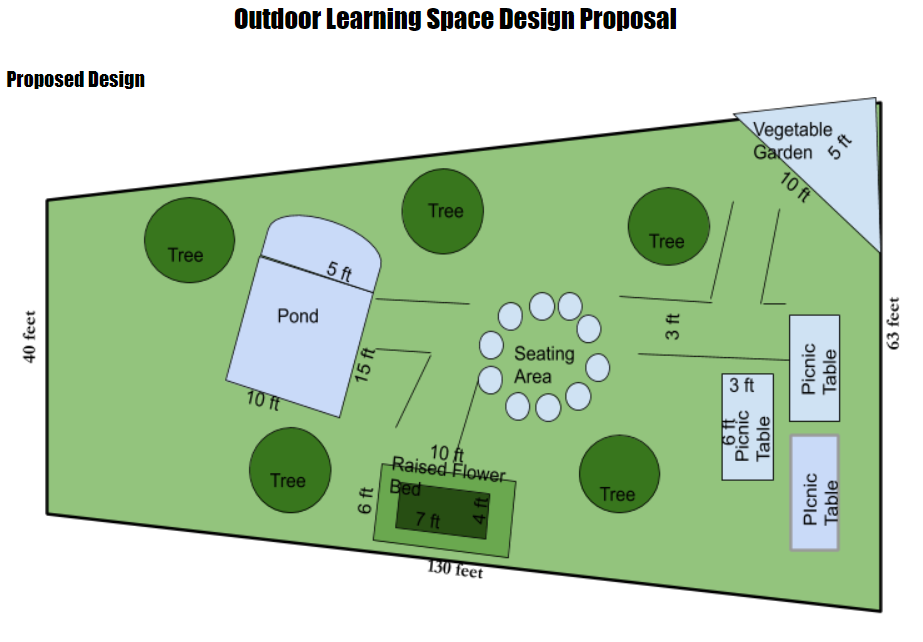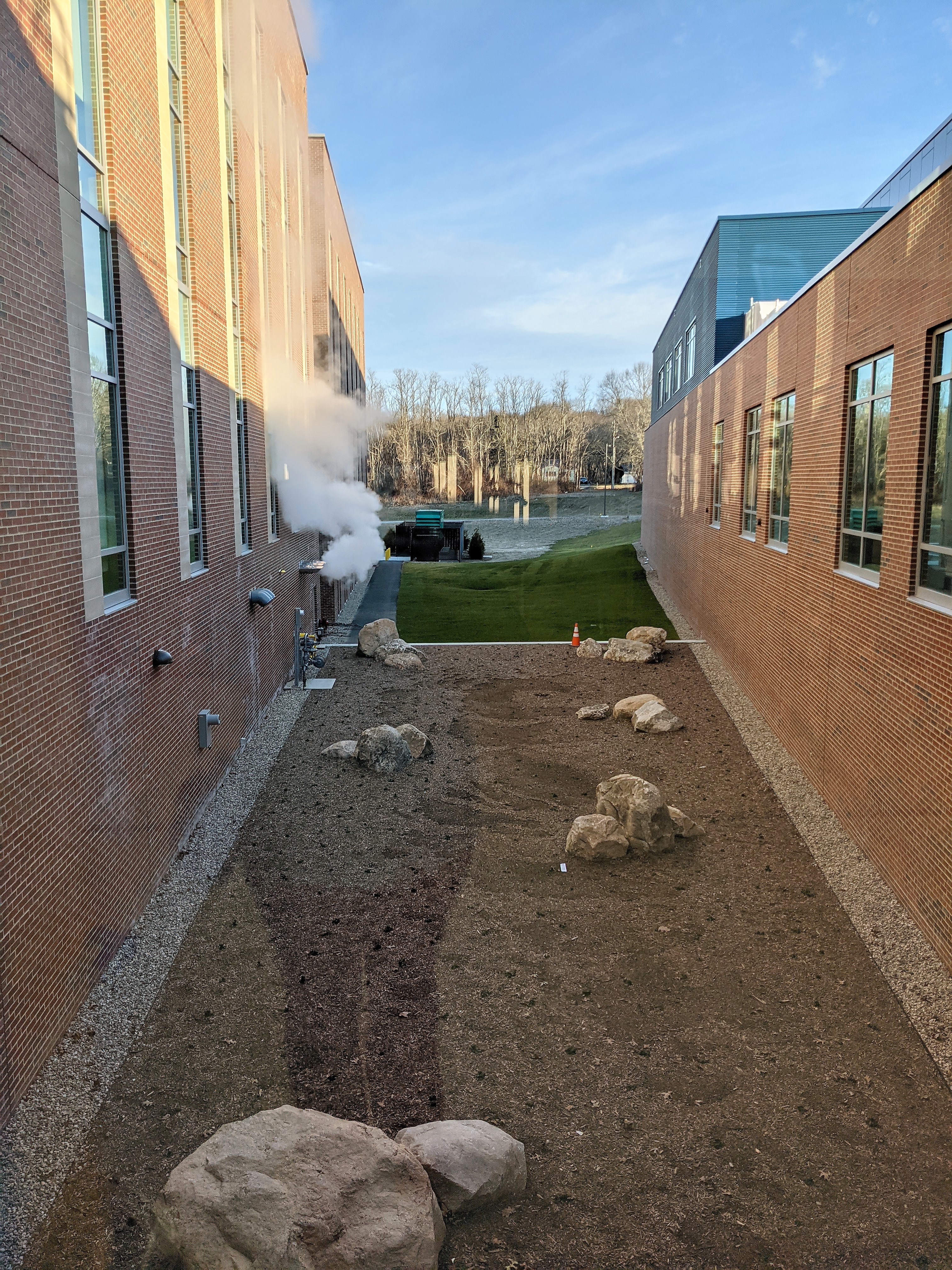Let’s Take This Outside

Laura Irace and Lisa Lambert (West Side STEM Magnet Middle School – Groton, CT) used their Fund for Teachers grant to attend the 2019 International Conference on Mathematics Science Teaching Technology & Learning conference in Sydney, Australia, then volunteer with a New Zealand nonprofit that constructs outdoor classrooms, to develop skills and apply math concepts directly transferable to a similar project to be built by middle school students. We checked in with Lisa and Laura to see how the project started and how it’s going, and were inspired to see students leading the way.
[minti_divider style=”3″ icon=”” margin=”20px 0px 20px 0px”]
When we wrote our proposal for a Fund for Teachers fellowship, our main student impact was the creation of an outdoor classroom at our International Baccalaureate school. The Middle Years Process involves completing a project requiring inquiry and analysis, developing ideas, creating solutions and evaluation. Before our fellowship, the idea of projects that were student directed seemed overwhelming. After our fellowship and talking to colleagues and students it was not overwhelming. Our visit to the school in New Zealand where we helped build an outdoor classroom (pictured above) was a large reason why.
We left after those two days just in awe of what was possible for students to do when they were given the privilege and responsibility of taking their learning outside. If we were able to replicate even 10% of that vision, we knew it would have a profound effect on our students and would go such a long way in not only academic learning, but also being citizens who show compassion toward our planet and the resources on it. And, getting them away from a computer screen for a bit wouldn’t be such a bad thing, either!
When the students heard about our stories and experiences, they were equally inspired and empowered to take ownership of their learning. They became invested because they knew they would have the opportunity to contribute their own likes and passions. In math class, our students completed an outdoor classroom project in which they integrated multiple types of technology, data collection, and design methods to create their vision for our outdoor space.
The aftermath of that project was the visit to the construction site of the new school, where students could lay eyes on the space that they were designing. It was a really special day for us and our students! That day, our students also worked with our district Farm2School coordinator to brainstorm about what steps would need to go into getting an outdoor classroom up and running- from fundraising, to building, to deciding on plants, seating, and other features. Lisa and I presented about the activities, outcomes, and plans that stemmed from our fellowship to our Board of Education last year, and they fully support this endeavor. If anything, I think the pandemic has probably made the concept of an outdoor classroom even more desirable, and a project that the community will happily welcome.
So, present day, our outdoor classroom space is a blank slate. It’s between the two wings of our new building and is visible to all students as they enter the building every day. Ultimately, it will be a space for all staff, students, and families to use and enjoy. While the outdoor space will be a nice learning environment, it will also allow for numerous STEM applications, which we also learned about at the school in New Zealand. While this year has obviously had some enormous challenges (we had extra issues to work through as we opened the new building amidst Covid), our Student Council is up and running and we have enlisted their help. Our next steps are to consult with some of the 8th grade students who did the outdoor classroom project last year, revisit and revise their designs, and move toward choosing one design (or elements of multiple designs), and then get to the nuts and bolts of securing funding, materials, and whatever permissions we may need.
Our fellowship had multiple facets and allowed for us to grow in several ways. We came away from our experience with newfound knowledge of building and using outdoor classrooms, incorporating MYP and STEM into our classrooms, and connecting with nature in new ways that we can share with our students. Perhaps more valuable, we learned that students have a lot to offer and that they just need to time and freedom to make it happen. Now, we allow for more teacher listening and less directing. The students take more ownership when allowed to self direct and plan and learn for themselves; therefore, we incorporate more choice and a variety of options. We described the experience as “a breath of fresh air” in our teaching careers.
 Back to Blogs
Back to Blogs